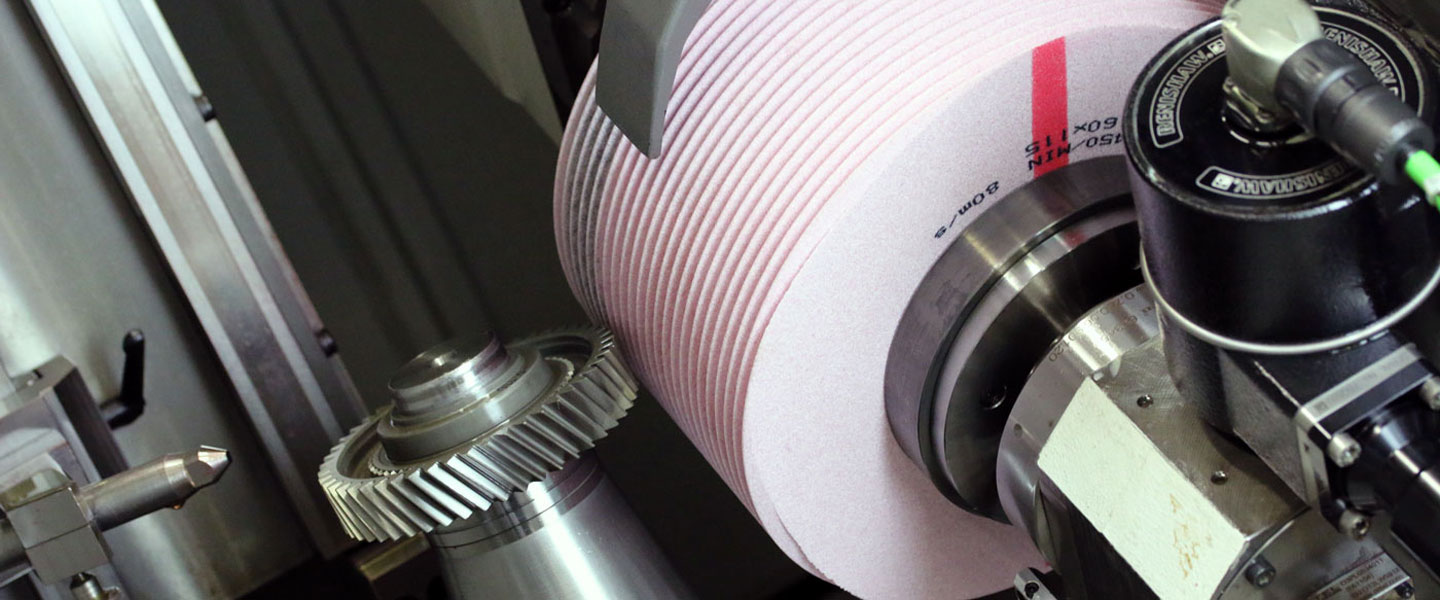In the gear manufacturing process chain, soft machining is usually followed by heat treatment. This results in unwanted distortions and volume changes, which make final hard finishing necessary. Typical processes used here are continuous generating grinding, discontinuous profile grinding and gear honing.
Like gear skiving, generating grinding is a continuous generating process for machining cylindrical gears. Compared to shaping, discontinuous profile grinding, it is very productive and is now much more flexible than it was a few years ago. Tools with small diameters can now also be used to machine components with interfering contours, which is much more economical. Profile grinding is mainly used in small series or for the production of tools or prototype components.
Current research in the field of hard finishing of gears focuses on the superfinishing of gears by means of polishing generating grinding and the economical production of topological tooth flank corrections. Multi-component tools are used for polishing generating grinding, which usually consist of a ceramic-bonded corundum or sintered corundum part and an elastic part with a very fine grain size bonded using polyurethane. This allows surfaces in the Rz < 1 micrometer range to be produced and the properties of the functional surface to be specifically adjusted.
Furthermore, our main focus is on the development and benchmarking of tools. In close cooperation with tool manufacturers, we test new grinding wheels and derive optimization options where necessary. As part of machining tests, we carry out a comprehensive evaluation of the grinding result, taking into account properties such as edge zone characteristics (Barkhausen noise, nital etching, residual stress measurement), component geometry or surface structure.
 Fraunhofer Institute for Machine Tools and Forming Technology
Fraunhofer Institute for Machine Tools and Forming Technology